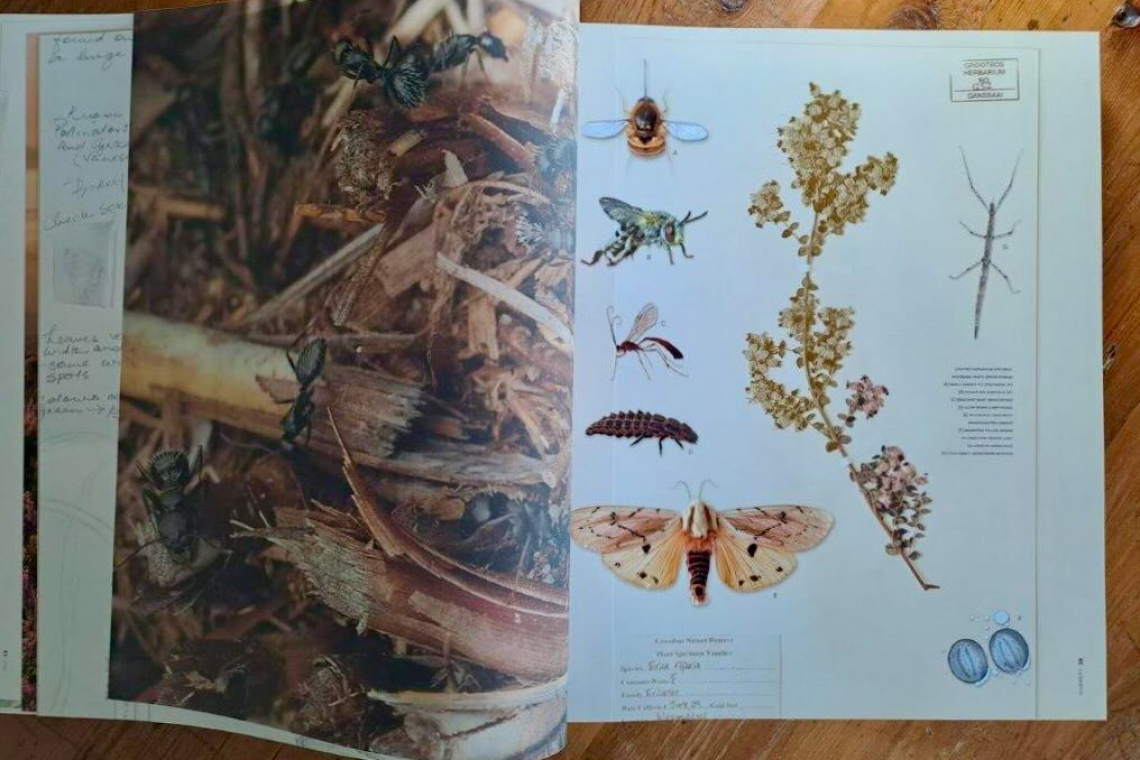It was a monumental effort that concluded with the launch of a historic book at Kirstenbosch Botanical Gardens. In creating the Grootbos Florilegium – Celebrating a legacy of conservation in fynbos from the Cape Floristic Region of South Africa, 44 botanical artists from around the world collaborated, drawing on 25 years of research by multiple environmental scientists.
Together, they produced 120 artworks that, together with the insights of writer, biologist and Grootbos Conservation Director Sean Privett, gave rise to the tome. Arguably the most significant achievement has been to make the more profound wonders of the Cape floral heritage accessible to a broader audience.
“What we tried to do is take and show what we have at Grootbos, but it’s also the story of the Cape and the Cape flora – the rarity, diversity and threat,” Privett said at the unveiling. “The narratives and science are there. Many of those stories sit in scientific journals and publications, and we had to find a way to transfer them into something that can relate to the average tourist. We’ve done it for many years through a team of fantastic guides.”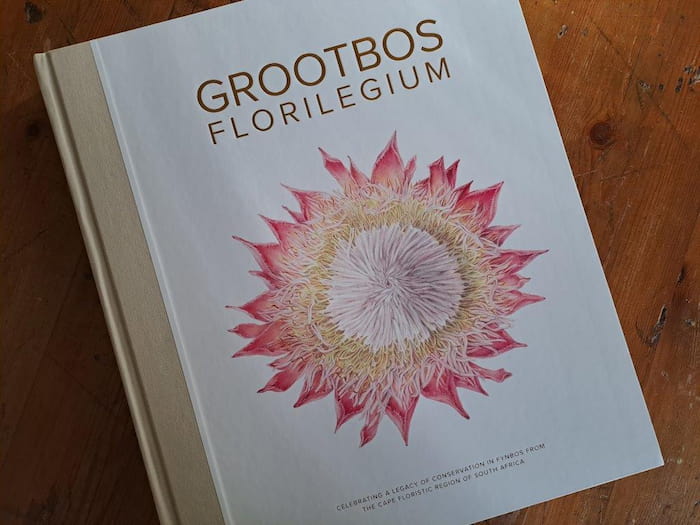
The project – comprising the book and gallery at the Grootbos reserve in the Overberg where the works are displayed - was spearheaded by Privett, renowned botanical artist Vicki Thomas and Grootbos owner Michael Lutzeyer. The book itself carries an opening letter by Dr Shirley Sherwood OBE, founder of the eponymous art collection housed at Kew Gardens in London, and a foreword by Richard M Cowling, an Emeritus Professor in the Botany Department at Nelson Mandela University.
“The Cape Floristic Region, a swathe of coastal plain and mountains that sweeps along the Cape coast from the Cederberg in the north-west to Algoa Bay in the south-east, boasts a wealth of some 9000 plant species, more than two-thirds of which are endemic,” writes Dr Cowling. “This diversity is second only to the tropical Andes. Equally diverse is the insect fauna, although this has not been as extensively studied, so global comparisons will have to wait.”
Michael Lutzeyer, Vicki-Thomas and Sean Privett
Contributing to this body of work, scientists at Grootbos have recorded, amongst others, over 900 plant species on the 2 500ha reserve, seven of which are entirely new to science; 2 130 insects, many of which have also not been documented by science either; 67 bee species; and, 82 different mosses.
Much of it is described in over 300 pages of the Florilegium, which concludes with Privett's words: “It is our greatest wish that the art, science and narratives held within these pages will open eyes and hearts to the beauty and value of the landscapes that sustain us all.”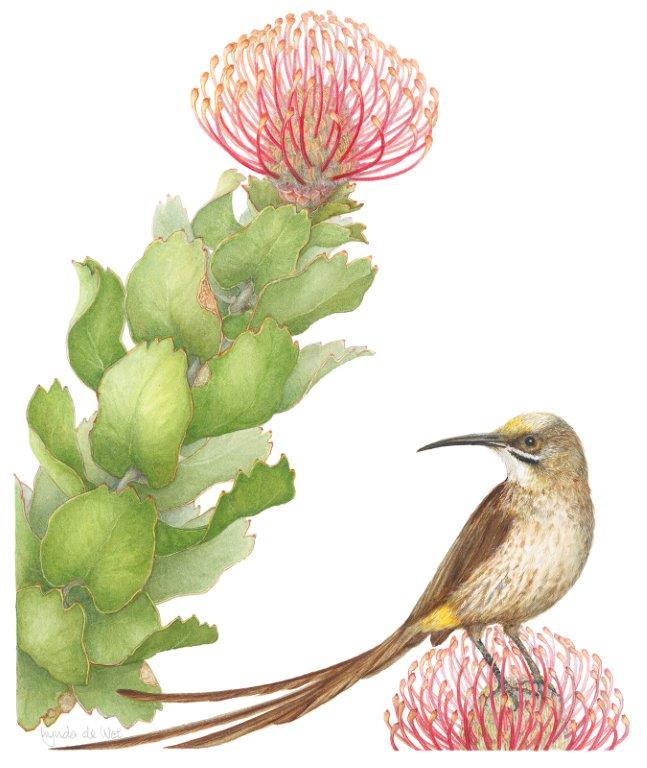
Lynda de Wet - leucospermum patersonii
Describing his perspective on the region, Privett said: “I’d spent time in the Cederberg as a student and then Cape Point Nature Reserve. I arrived at Grootbos …and it was a magnificent playground for a young biologist.
“Cape Point to Grootbos is the same climate and same soils, [but even though] I’d spent two years at Cape Point, when I got to Grootbos, I recognised nothing. It was like a different world. And I’ve experienced that many times over the years even though I’ve got to know the plants really well…”
“The point is that the Cape Floristic Region is so exceptional and unbelievable.
“What we tried to do [with this project] was to show what we have at Grootbos, but it’s also the story of the Cape and the Cape flora - its rarity, diversity and threat.”

Of course, traditional florilegium is exclusively associated with plants depicted in isolation. The name comes from the Latin flos, meaning flower and legere, to gather. The incorporation of other species and landscapes is unheard of, in this case, undoubtedly unique in the 21st century, according to the publisher.
The idea for this break-away came from simply being in the fynbos, said Vicki Thomas. “It struck me that none of the plants lives in isolation... [Species] all have companion plants, soil types and all sorts. So, that’s what we decided to do: to make it a complete conservation pattern about how [they] work together.”
According to Privett, much is known about the Cape. “We have wonderful examples at Grootbos, like the Lachenalia discovered by Michael’s father, Heiner…Then, there’s the story of diversity, so a group like the ericas where we have 700 odd species in the Cape; 700 species in just one genus!
“We brought in those stories and stories of the restios. We also have this amazing ecology: the ants, the mice and dispersal. All these little interactions we brought together, including the story of pollination,” he said.
“We’ve been very fortunate in that the last four years at Grootbos, we’ve had full-time etymologists and a whole lot of research, and that’s an order of magnitude bigger.”
The narrative also includes fire as essential to fynbos, the forests, and the leopard of the region.
“We also have amazing botanical heritage. For thousands of years, people have lived in this landscape and they used these plants. A lot of that knowledge has been lost, but this incredible heritage is still in use today. We rely on it for wellbeing, for hiking, for water. It’s ancient and current heritage.”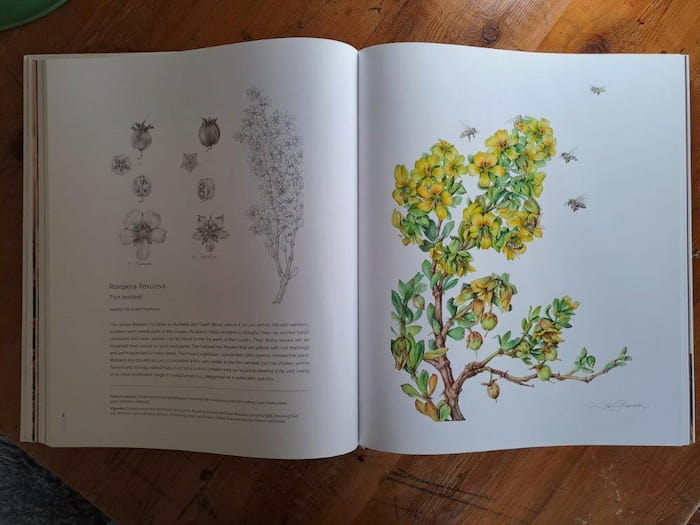
“Then finally, the biggest thing of this story is the threat. It’s wonderful to talk about these plants and showcase them, but they’re threatened and highly threatened. And many are disappearing,” Privett said.
As for what comes next, Thomas said the approach was to “set down the guidelines, show what we’ve done and inspire people to continue the work.”
Privett expanded, pointing to the Grootbos Foundation – an NPO founded in 2003 working in sports, community development and conservation.
“When we first started talking about Grootbos and how to develop it as a leader in conservation, we realised that nature doesn’t stop at the fence. So, we can have the most well managed reserve, but over time, as an island it can’t exist – you need scale. You need corridors and connectivity.
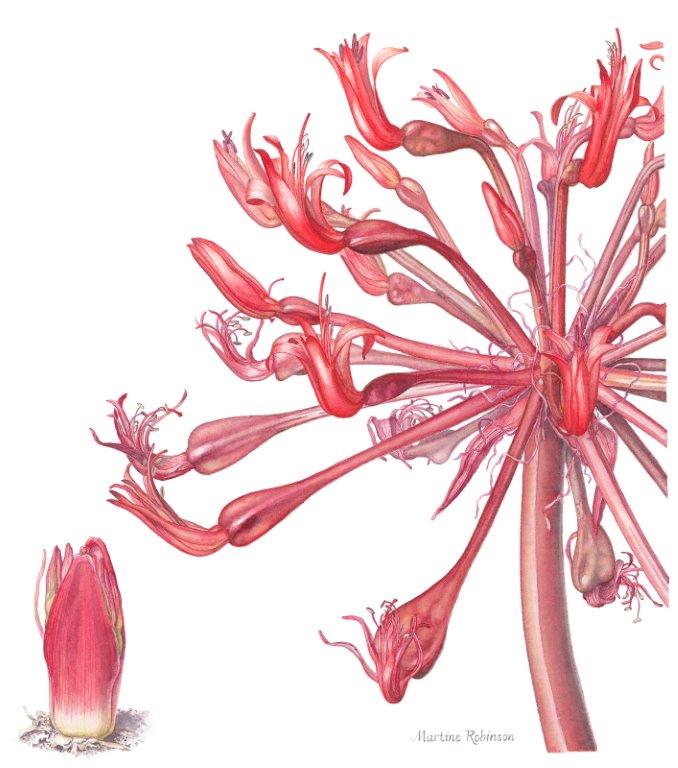
Martine Robinson - brunsvigia-orientalis
“Our work at the foundation for many years and going forward is looking at how we grow the footprint that sustains and supports, feeds this amazing biodiversity. We have our reserve owned by Grootbos, but we’re working over 25 000ha on the Agulhas Plain with mostly private landowners and supporting them and driving the conservation agenda for that area. Hopefully the result is a model that can be replicated and grow to other parts of the Cape.
It’s all important, all special and all under threat. More than 12 000ha of land of private land has now been committed by landowners to conservation in perpetuity and it all started with 121ha. It’s something we’re proud of, but there’s a lot of work to be done.
All sales of the Grootbos Florilegium book go to the foundation. It is published by Quivertree.

